How to turn brand mentions earned with digital PR into links
August 16, 2023 • 12 min read

Making PR Coverage Work Harder to Support Your SEO Strategy…
- Making PR Coverage Work Harder to Support Your SEO Strategy…
- Introducing a quick win tactic to use alongside all of your campaigns…
- 1. Find unlinked coverage as soon as possible after it goes live
- 2. Understand the editorial value which a link adds to an article
- 3. Reach out & convince the publication why a link makes sense
- 4. Know your next steps if your first attempt isn’t successful
- Sometimes, you’ll be asked to pay to have a link added
It’s a great feeling when your latest digital PR campaign has earned a fantastic piece of coverage.
Yet, when you discover that the coverage doesn’t link, it’s somewhat disappointing.
It’s not uncommon for coverage not to link, though.
Around 20% of the coverage earned from digital PR campaigns is unlinked at the time of publication.
You see, from an SEO perspective, it’s links that are a ranking factor, not brand mentions and whilst there is, of course, benefits to be had from securing coverage which doesn’t link, the ideal result is coverage which does.
The good news is that you can often turn brand mentions into links, you just need to understand the process of doing so.
Introducing a quick win tactic to use alongside all of your campaigns…
Last year, I polled Twitter to try and understand how many marketers are actively trying to turn brand mentions into links alongside their campaigns, and was a little surprised by the results.
#SEO and #PR people … I need your input to add some final stats to my presentation for @LearnInbound. When running a digital PR campaign, do you always conduct link reclamation for unlinked brand mentions?
— James Brockbank (@BrockbankJames) July 30, 2019
Less than half of us are putting in the effort to make our earned coverage work harder on every campaign.
That said, there’s a little more to it than just asking for the link in many cases, and my gut feeling is that this is the reason why more aren’t doing it; through being unsure how to drive success.
Link reclamation is a quick tactic which should run alongside all of your campaigns, helping you to deliver better results and a bigger impact on your wider strategy.
Here, I’ll share the process which we use across all of our campaigns to turn brand mentions into links alongside sharing some great tips to help increase your success rate.
1. Find unlinked coverage as soon as possible after it goes live
The sooner you’re able to reach out and ask for a brand mention to be turned into a link, the stronger your chances of success.
Our campaign insights show that the chance of having a link added doubles when we reach out on the same day as an article goes live.
When you think about it, this makes absolute sense.
Journalists are busy people. In fact, it is reported that many receive more than 200 pitches and is expected to write between 6 and 8 articles every day.
When you think on it this way, a journalist’s focus quickly moves on and even if you leave it two days to reach out, they may have published 16 or more pieces since then.
The article which they mentioned you or your client is little more than distant memory.
There’s nothing you can do to change this fact, so focus upon reaching out as quickly as you can after an article goes live with a brand mention and no link.
This means you need to be finding unlinked coverage quickly.
By all means, set up alerts through Google Alerts, SEMrush’s Brand Monitoring Tool or something like Mention, but the reality is that you’ll only receive notifications once a day or after a delayed period before the tool picks up the mention.
That said, it’s worth setting at least one of these up for each campaign, with the simplest (not to mention, free) one being Google Alerts.

So then, if tools don’t pick up links quickly enough for you to act, what do you do?
Whilst we’re actively promoting a campaign and seeing coverage come in, we keep a Google News tab open in the browser, set to display results picked up in the past 24 hours.

Between other tasks, we’ll check in.
We do this for two reasons…
Firstly, it means we’re picking up coverage (and links) quickly. We’re able to share the great news with our clients and update the reporting dashboard which we share.
Secondly, and more importantly in this case, we’re able to identify any unlinked coverage and quickly take action.
Summary reports from SEMrush (our preference as you can actively select to only be informed of coverage that doesn’t link) are a great way to pick up any coverage either that you missed or that is on a site which isn’t on Google news (and, therefore, it’s not as urgent to reach out on the same day as publication).
2. Understand the editorial value which a link adds to an article
Once you’ve picked up a piece of coverage that doesn’t link, don’t sit around.
The sooner you reach out, the more likely you are to see the mention turned into a link.
One thing you need to understand before you do is the editorial value that a link would add.
Last year, we spoke with more than 50 journalists to understand just what editorial value is, and concluded the following.
But what is editorial value?
Editorial value is simply whether or not there is anything of value to a reader on the other end of the link which isn’t in an article itself. It’s the reason why a link makes sense.
This could be additional data and stories to the one being covered, an interactive tool or calculator or an opportunity to dive deeper into data and explore insights.
If the link would enable a reader to see, or do, more than an article, there’s editorial value there.
The main thing to remember here is that if you can demonstrate the editorial value, why it makes sense for a link to be there, your chances of success increase.
There’s rarely any editorial value in linking to a homepage. In fact, Ted Thornhill, travel editor at the Daily Mail told us the following…
“I’m normally happy to link to a page containing ‘extra value.’ But not to a general brand homepage. Our readers sometimes think they’re being duped into reading an advertorial in disguise. And links to a homepage strengthen their suspicion.”
When you take time to understand the challenges which journalists face, you’ll begin to know when you should, and shouldn’t reach out.
That said, the majority of digital PR campaigns will be asset-based, meaning there’s almost always editorial value there.
You just need to understand what this is and demonstrate it when reaching out.
3. Reach out & convince the publication why a link makes sense
You typically have three choices who you reach out to:
- The journalist
- An editor
- The publication’s corrections desk
It always makes sense to start with the journalist, in most cases, as that’s who you’ve likely already pitched the story to, and potentially spoken with to provide quotes or stats.
Whilst you’ll often have the contact details for journalists, the beauty of digital PR is that coverage can often snowball; with one publication picking it up off the back of another.
When this happens, maybe you won’t have contact details.
But that’s not a problem.
You should still begin the process by going direct to the journalist and if you don’t have their email address, it shouldn’t be too difficult to find.
Start by checking out their author page where you’ll sometimes find their social profiles and email address.

But you won’t always find email addresses so easily.
If you’re still looking, head over to hunter.io and run the publication’s domain through the tool.

Even without signing up for an account, you’ll quickly see the most common email address pattern and examples.
More often than not, you’ll be able to figure out a journalist’s email with the insights you’ll get here.
By now you should have the journalists email address, if you didn’t already.
Your email needs an attention-grabbing subject line…
When sending any email, the first thing the recipient sees is the subject line.
It’s this which is used to make a decision whether an email should be opened or sent straight to the trash, so you need to make sure you’re using subject lines which stand out and attract attention in a busy inbox.
Over the past few years, we’ve tried many different ways to structure subject lines when trying to turn brand mentions into links, but we’ve settled on a simple but effective format.
“Editorial Request: [Article Title]”
It looks simple, but we’re not trying to do anything other than get our email opened, at this stage.
Clearly referencing the article title, alongside highlighting that you’ve got an editorial request works well when you’re able to follow up quickly, as, from a journalist’s perspective, few things grab attention like a headline which you’ve just written.
By all means, A/B test your own subject lines to see what works for you, here, but really it’s about getting straight to the point to get the open.
How to write a convincing link reclamation email…
Once your email has been opened (be sure to track opens and clicks with Buzzstream, MixMax, MailTracker or similar), it takes a convincing email to encourage the journalist to add a link into an article which is already live.
Remember we talked about editorial value?
Now you need to demonstrate this. You need to help to justify why it makes sense for a link to be added into the article and how it helps readers, remembering that this isn’t about you landing a link to help drive SEO growth but to help add value.
Your email needs to include a few things:
- A clear reference to the article which included the brand mention.
- A direct THANK YOU for covering your story in the first place.
- A simple request to add in a link.
- A demonstration of the editorial value / justification as to how a link would help readers.
- Easy to follow links to the article and your campaign.
Let’s look at a real example of an email which we sent to USA Today to turn a brand mention into a link for a campaign which we ran.
Hi Cara,
I’m getting in touch regarding an article which you published on USA Today with the title of “The Best Bargains for Foreign Real Estate.”
This article was written based on research conducted by my client, Homes.com.
It was fantastic to see that the research was of interest, and thank you for the coverage. It was appreciated.
I wondered, however, whether it would be possible for a link to the research to be added within the article or to have the research page linked and cited as a source?
This would enable readers to use the interactive tool included alongside it and to view the original research and data, as well as to provide full credit to my client for their work.
Here are the relevant links:
Article:
https://www.usatoday.com/picture-gallery/travel/destinations/2019/01/05/international-real-estate-most-affordable-countries-second-homes/2485086002/
Research:
https://www.homes.com/blog/2018/10/how-much-home-could-you-afford-around-the-world/
If I can help with any questions at all, please feel free to get in touch.
Kind Regards,
Russell
We clearly justified how a link would add value to readers; in this instance, by allowing them to use the interactive tool which was included alongside the research.
And guess what?
Within a couple of hours, the link was added and we’d been notified (just be warned; you won’t always be told when a link is added so be sure to keep a check)….

4. Know your next steps if your first attempt isn’t successful
Whilst it’s great to quickly get positive replies and a link added, we need to be realistic.
It’s not uncommon for your email to either go unread or ignored.
So, what’s next?
If you’ve had no luck reaching out to the journalist, your next steps are to go to the editor and/or a corrections desk.
An editors’ details can usually be found in a similar way to a journalists’, you just need to find out who they are first. But Google can be a great help, here.

You might need to try a few different searches, but it shouldn’t take long to find what you’re looking for.
For smaller publications, it’s also worth checking out ‘team’ or ‘contact’ pages.

Repeat the process of sending a convincing email and you may find the editor is on your side and sees the value of adding the link.
But if you’re still unsuccessful, take a look whether the publication lists details for a corrections desk.
Metro, as an example, clearly list a specific email address to send article corrections to.

In many cases, this tactic is more effective than you may think. So long as, again, you make sure you’re showcasing the editorial value.
That’s three key routes you can take to try and get brand mentions turned into links.
Sometimes, you’ll be asked to pay to have a link added
Unfortunately, we’re working in a world where a number of publications don’t understand the etiquette of linking to their sources.
In fact, Google’s Danny Sullivan shared his thoughts on Twitter recently:
Quite simply, journalists should link to their sources because it’s ‘good journalism.’
But not all publications see it that way, and there’s nothing that we can do to change this.
This means that, from time to time, you’ll receive replies like this:

Here, a fairly established regional publication responded to say they’ll only link if there’s a commercial relationship in place. Yes, they want money for a link to be added.
Sometimes, though, the requests are even more direct in terms of asking for money to add a link.
Our stance here is simple; don’t do it.
Paying for links is a straight up violation of Google’s Webmaster Guidelines and, as far as we’re concerned, it’s also not necessary.
The whole concept of using digital PR as a link building tactic is so you can earn links without needing to pay for them.
Whilst you’re not going to be successful every time, you will see brand mentions turned into links.
You’ve done the hard work in securing the coverage in the first place, so taking a little time to reach out to try and get that all-important link added should be something you do as part of all of your campaigns.
Just be sure to showcase how the link adds editorial value and you’ll suddenly see your campaigns working far harder for your SEO strategy…









